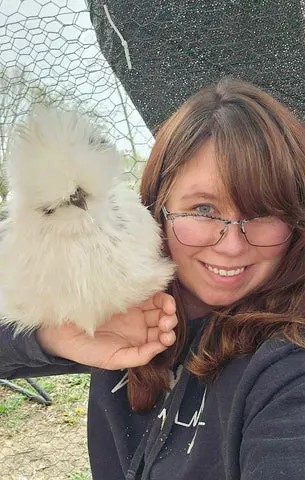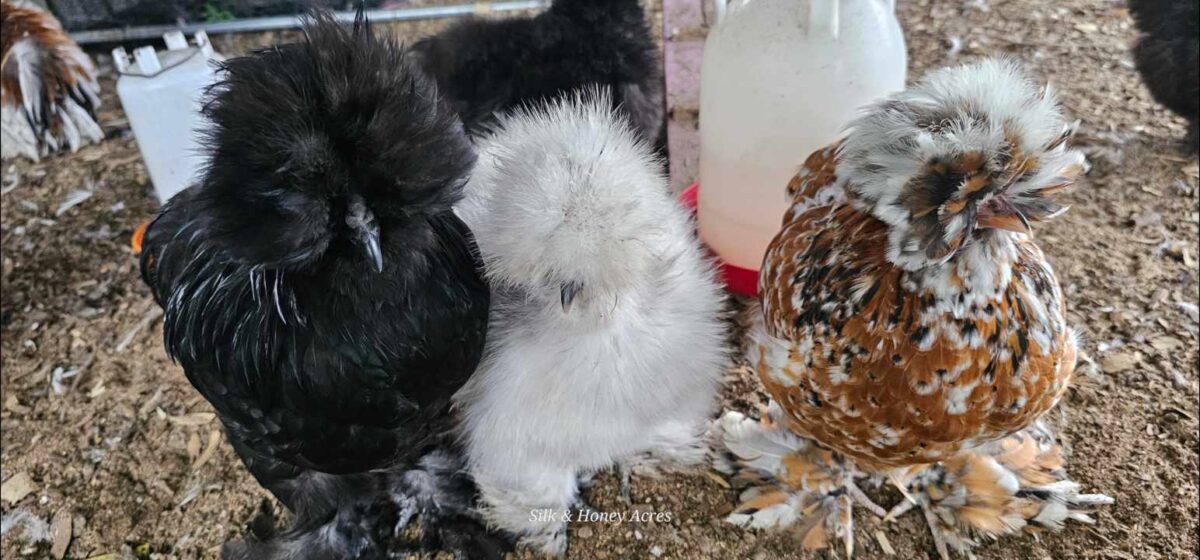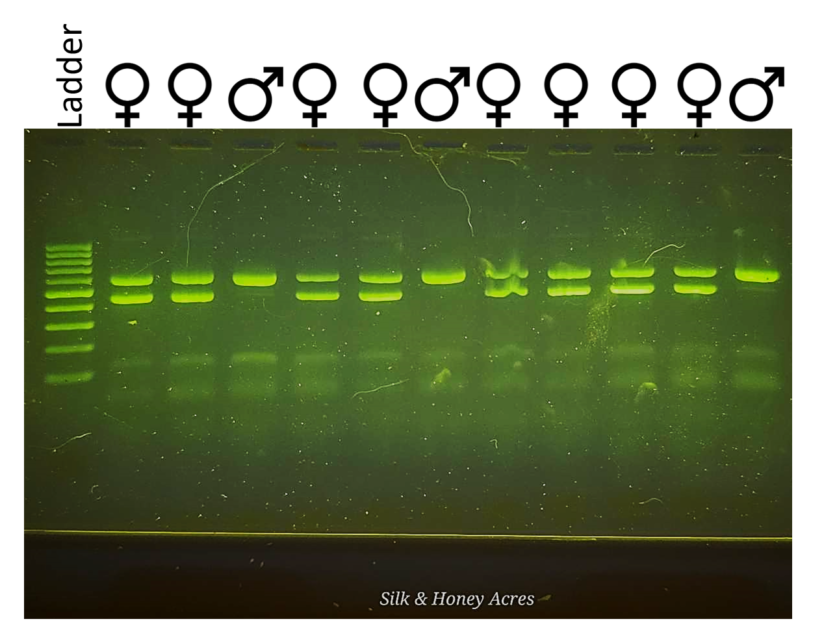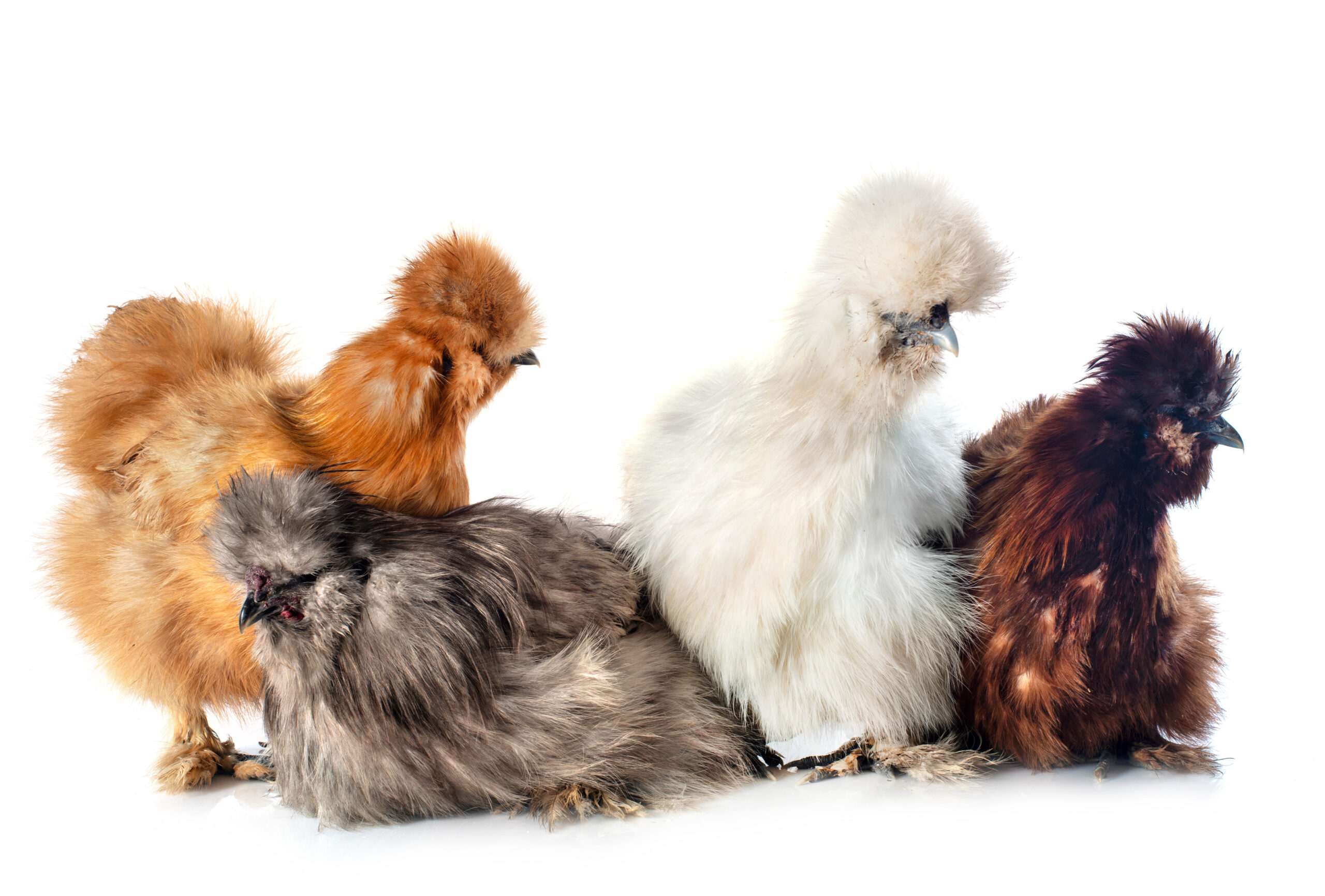Danielle Hardy, a backyard avian breeder, has seamlessly blended her passion for birds and science. Given the limited availability of efficient avian DNA testing within the breeding community, Danielle set up her own laboratory with the help of miniPCR. What began as a personal endeavor to better manage her own flock of chickens has evolved into a thriving research project, as she is now testing for several genetic traits in silkies and other breeds from a growing list of tests developed by miniPCR Dx.
Interview with Danielle Hardy
What inspired you to start a business focused on DNA testing for chickens, and how did you identify the need for such a service in the poultry industry?
I was inspired to start a business focused on DNA testing for chickens after trying to use other DNA testing companies for my own breeding. Although their services are not cost-prohibitive, the turnaround time for the results is often long. Therefore, I looked for a solution that would allow me to get immediate results. I’ve always been interested in DNA and genetics, so I took this as an opportunity to benefit my silkie breeding program and contribute to the silkie community’s need for selective trait breeding.

Danielle and one of her Silkies.
What are the primary benefits a breeder can derive from genetically testing birds?
The primary benefits when it comes to DNA testing is to know for sure the sex of the birds and what genes of interest they carry without having to wait for them to grow up, lay eggs and test-breed them. It’s a way to know what’s really “under the hood” instead of just hoping to pick the right animals. DNA testing can save a breeder from raising generations of birds to find out what genes they actually carry, a process that can take up to one or two years.

The Silkie is a chicken breed from China, known for its fluffy plumage, which has a texture similar to silk.
How does DNA testing work for chickens? How has miniPCR made this process accessible?
DNA testing for chickens is actually pretty simple! You start by placing a bit of a feather or a small drop of blood in a tube to get the DNA, run it through a thermocycler to find the genes of interest, and then look at the results. miniPCR has made testing easy because they have an all-in-one solution that includes the equipment and tests needed to get started. The process requires some practice at first, but is straightforward and takes little hands-on time. Results are ready in under two hours from the time the sample is obtained from the chickens.

An example of result generated by Danielle using the ZeeWee I Bird DNA Sex Test by miniPCR® to determine the sex of chicks. Two bands indicate a female, one band a male. The DNA ladder on the left is used to determine the bands’ sizes.
What are some of the challenges you have faced in developing your DNA testing lab?
There is a learning curve to learn how to pipette and handle samples. You might get false positive results from unwanted DNA if the workspace is not extremely clean. miniPCR supplies everything you need and their technical support is extremely helpful with troubleshooting, but I found that understanding the basics of proper laboratory technique and the science behind all the steps is helpful to get good results.
On the other hand, what has been the most fulfilling part of this endeavor?
The most fulfilling part of all of this for me has been gaining a deeper understanding of life, and how it all works together. I’m doing things that I never thought I could, and it’s created such a big space in my heart that I have found I want a full career change to be able to work in the biotech sector! Besides, thanks to miniPCR, I gained the basics of molecular biology as well as set up my own lab. I am now offering DNA testing service to other breeders and I am developing my own tests specifically for silkies’ traits, contributing to the silkies breeders community.


